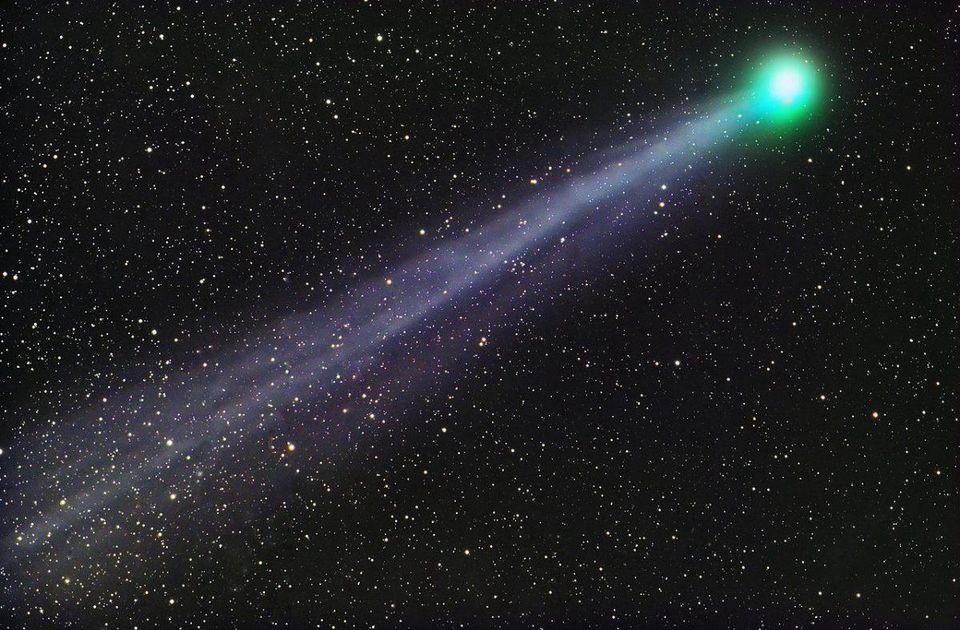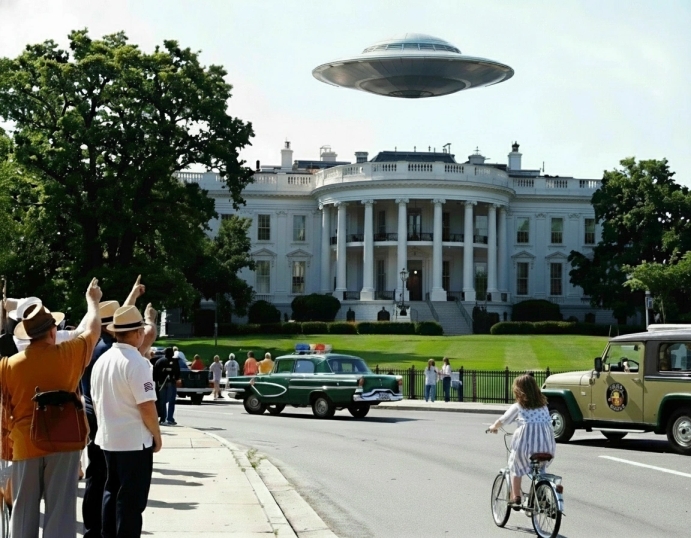
A bold and surprising paper authored by over 30 scientists argue squid & octopuses may have arrived on our planet as frozen eggs within the fragments of comets and meteorites. The document was published in the Journal Progress in Biophysics and Molecular Biology, a popular peer review publication.
The theory of Panspermia, alien life spreading like seeds throughout the universe is not a recent one . Does the theory explain why so many animals maybe related to one another? We see the similarities every-day. Frogs, apes, and monkeys have two legs and arms like humans. Sheep, goats and horses too resemble our basic DNA structure, with of course, some exceptions.
However, the genome sequence of Octopuses DNA appears to be rather unique. The report cites the complexity of over 33,000 protein codes which exceed those of modern man. Cephalopods include the squid family but the Octopus in particular is a very unorthodox sea creature. It has a large brain, a complex nervous system, multiple eyes, camouflage and the ability to change color. Octopuses exhibit advanced protein re-coding that puzzles scientists. This is not clearly understood; is it a jump or great leap forward in molecular genetics strategy ? Perhaps if the creatures genes were functioning when they arrived on earth by icy comets a very long time ago it would explicate the evolutionary gap .
The paper suggests that as far back as 4.1 billion years ago life bearing comets delivered space resistant bacteria, viruses and other living organisms allowing them to flourish here on the earth. The result was a considerable amount of genetic diversity including the emergence of mankind.
The discovery of thousands of exo-planets may offer another example of proof. Dozens of new worlds have been discovered in the “Goldilocks” or habitable zone that orbit nearby stars. Essentially providing the first requirement for planetary warmth favorable for life.
The number of earth like planets is estimated in the Milky Way alone is one hundred billion. The early stages of our solar system was plagued by bombardments and collisions of materials which lead to the creation of our own moon. In fact, water that fills our oceans may have been first brought to the earth by impacts of water bearing comets and asteroids.
Astronomers Fred Hoyle and Chandra Wickramasinghe have been searching the cosmos for decades uncovering data that became a component of the authors startling conclusions. Hoyle was a pioneer in the pansperia theory and researched comets and meteorite fragments as part of his work. He believed , as the authors; that life on earth may have originated elsewhere in the universe and carried here by extraterrestrial means.
Evidence of comparison studies of interstellar dust, Halley’s Comet and extinction rates of bacterial show common graphs. Jets of organic molecules and oxygen were found in comet 67 P/C-G the authors cited, and integrated the details into their presentation.

The paper concludes bacteria and microorganisms deeply frozen inside comets could remain viable for an indefinite periods of time. Bacteria and viruses embedded within grains of rock or even ice within comets and asteroids would be shielded from radiation of space, and possibly survive for millions of years. Modern research aboard the Space Shuttle fortifies this theory.
Eventually – the bacteria and viruses arriving from space could have found hosts to infest our planet. The report suggests that a causal chain of new viruses arriving from space could potentially drive evolution on earth and be rationally understood within the realm of today’s science.
Links:
original paper: https://www.sciencedirect.com/science/article/pii/S0079610718300798?via%3Dihub
Panspermia: https://www.panspermia.org/intro.htm


